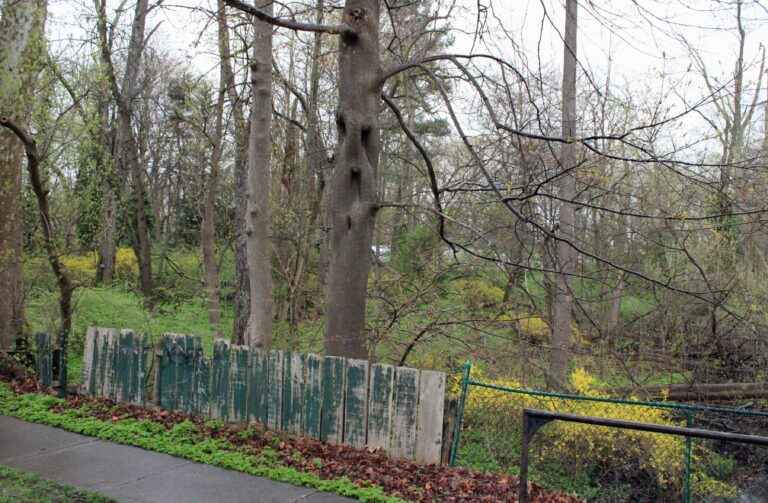To say that I am not a fan of the Ford government’s More Homes Built Faster Act (Bill 23) is akin to suggesting that Mount Everest is a tall hill. In fact, I believe this legislation is a trainwreck that will fundamentally alter the face of Ontario’s lands and communities for the worse.
Once a farmer’s fields are stripped of their top soil then buried under pavement and houses, those fields are lost forever. When a wetland is drained, backfilled and water “managed,” the ecosystem it represents can never be recovered.
Demolish a piece of our shared history and not only is the heritage it represents within the warp and weave of a community irrevocably altered, but the lessons of the past become ghosts that condemn our society to repeating the mistakes of our forebearers.
In my opinion, Bill 23 resets the clock back to the rapacious days of the 20th Century when tract subdivisions spread across our province like a cancer, creating vast suburban deserts that, to this day, lack any real sense of community.
In real terms, these subdivisions can justifiably be likened to giant storage facilities designed to warehouse middle-class families in the most cost effective manner possible — each dwelling unit an island unto itself.
Then, to really ensure these “storage facilities” were completely specialized to “warehousing,” eliminate any retail within subdivisions, pushing it out to concentrated satellite locations serving various subdivisions.
Build large, centralized schools that require children be driven or bussed to receive their education, effectively minimizing neighbourhood social interaction by focussing socialization opportunities in “remote” locations.
Cease building/maintaining local parks and gathering places, once again, cleaving to centralization by constructing one large facility, typically located outside reasonable walking distance from most of the surrounding subdivisions — spontaneous community events and activities are replaced by organized sports, etc., because the participants (young and old) need to be driven there.
The converse of all of these things, amongst others, are elements in creating and maintaining community. And it is all of these things that the Ford government and their legislation are doubling down on. They seem determined to repeat the mistakes of the past.
Let’s examine for a moment one of those “other” elements.
This past weekend I was watching a program on PBS. One of the program hosts was walking through a middle class neighbourhood that had been built in the years between 1900 and 1920. The host observed that the houses, even those built at the same time by the same builder, were each unique — no two were the same with a wide variety of architectural styles, roof lines and setbacks.
He commented that this type of neighbourhood was not only visually interesting but experientially gave one a feeling of warmth and association.
As he spoke, in the background one could see a person emerging from a corner store with shopping bag in hand as they stopped and chatted with someone headed into the store. In an adjacent park, young children played apparently unsupervised by any attending adult but, of course, in a community there are always “eyes-on” by one neighbour or another.
This has been lost in suburbia, however, to this point in time, it is something that Niagara-on-the-Lake has retained. It is “something” that Bill 23 now threatens.
So, to be fair, there are a few worthwhile nuggets in this piece of legislation.
The provision to provide permitting the conversion of a single family home into a multi-generational dwelling being one. It is clear that in the last ten years the cost of acquiring a first house by young adults has become cost prohibitive for many.
And, on the other end of a life span, the opportunity to “age-in-place” is a very attractive alternative to an institutional “senior’s residence.” The multigenerational house, with separate spaces for young families, parents and grandparents is something that is not only necessary but long overdue.
Equally, expediting rezoning (which is a tortuously long, slow process fraught with high risk of denial) of old, unused, often vacant industrial and institutional properties for residential redevelopment — particularly when adaptive reuse of the building is possible — is of vital importance to many of Ontario’s cities.
Toronto, for example, has a huge inventory of these type of properties on which the zoning, for political and/or bureaucratic reasons, has been rigidly maintained … to the point of silliness. Breaking up that log jam is certainly important to the long-term viability of the city.
That said, one would think that targeted legislation directed at solving real problems would have been the logical and responsible action for a government to take.
Of course, that methodology would only have addressed the needs of our society and not provided the opportunity to further enrich those GTA developers who have contributed to the Conservative party’s coffers.
Nuff said.











